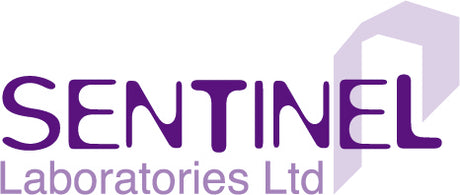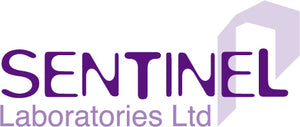Buying Guide for Head Protection (PPE)
Buying Guide for Head Protection in the Workplace (PPE)
Introduction
Head protection is a vital aspect of personal protective equipment (PPE) in the workplace, especially in environments where workers are at risk of being struck by falling objects, bumping into fixed objects, or where there is a risk of accidental head contact with electrical hazards. Helmets and hard hats are the main forms of head protection and are essential in many industries, including construction, manufacturing, and mining. This guide provides a comprehensive overview of selecting and maintaining head protection for workplace safety.
The Role of Risk Assessment in Choosing Head Protection
A proper risk assessment is the first step in choosing head protection. It should:
- Identify potential head injury hazards, such as falling objects, fixed obstacles, or electrical conductive risks.
- Evaluate the severity and probability of head injury risks.
- Determine the nature of work and environment to select suitable head protection.
Risk assessments are not one-time events; regular reviews are essential, especially when work conditions or processes change.
Overview of Workplace Head Protection
Workplace head protection can vary widely but generally falls into these categories:
- Industrial Safety Helmets (Hard Hats): Designed to protect against falling objects and other overhead impacts.
- Bump Caps: Intended for protection from scrapes and minor bumps, not suitable for falling or flying objects.
- Specialized Head Protection: Includes helmets with face shields, earmuffs for noise protection, and helmets designed for electrical insulation.
Key Industry Standards (UK) Relating to Head Protection
Here’s a table summarizing the key UK standards for head protection:
| Standard Number | Title |
Description |
| EN 397:2012+A1:2012 | Industrial safety helmets | Specifies physical and performance requirements, methods of test, and marking requirements for industrial safety helmets. |
| EN 812:2012 | Industrial bump caps | Specifies physical and performance requirements for bump caps designed to provide protection from injury caused by striking the head against hard, stationary objects. |
| EN 50365:2002 | Electrically insulating helmets for use on low voltage installations | Applicable to electrically insulating helmets used for working live or close to live parts on installations not exceeding 1000V a.c. or 1500V d.c. |
| EN 14052:2012 | High performance industrial helmets | Specifies requirements for extra-high-performance industrial helmets, offering impact protection from higher height drops. |
Choosing Appropriate Head Protection for Employees
When selecting head protection:
- Match the helmet to the hazard: Ensure the chosen head protection is designed to protect against specific risks identified in the risk assessment.
- Consider comfort and fit: A helmet should be comfortable and adjustable to fit different head sizes.
- Account for additional PPE: If workers need to use other PPE (like ear protection or visors), the helmet should be compatible with these items.
- Look for adjustments: Features like adjustable straps and sweatbands can improve comfort and safety.
- Check for standards compliance: Only buy helmets that meet the UK and European standards.
Maintaining Head Protection for Employees
To maintain head protection:
- Regular inspection: Helmets should be inspected before each use for cracks, dents, and other damages.
- Proper storage: Store helmets in a cool, dry place away from direct sunlight and chemicals to prevent degradation.
- Clean regularly: Follow the manufacturer's instructions for cleaning. Helmets should be kept clean to extend their life.
- Replace as needed: Replace helmets after any impact or according to the manufacturer's recommendation, usually every 2-5 years.
Conclusion
Selecting the right head protection is critical to ensure the safety and well-being of employees in the workplace. By conducting a thorough risk assessment, understanding the relevant standards, and choosing the correct type of protection, employers can effectively minimize the risk of head injuries. Regular maintenance and care of head protection gear are equally important to provide ongoing safety.

